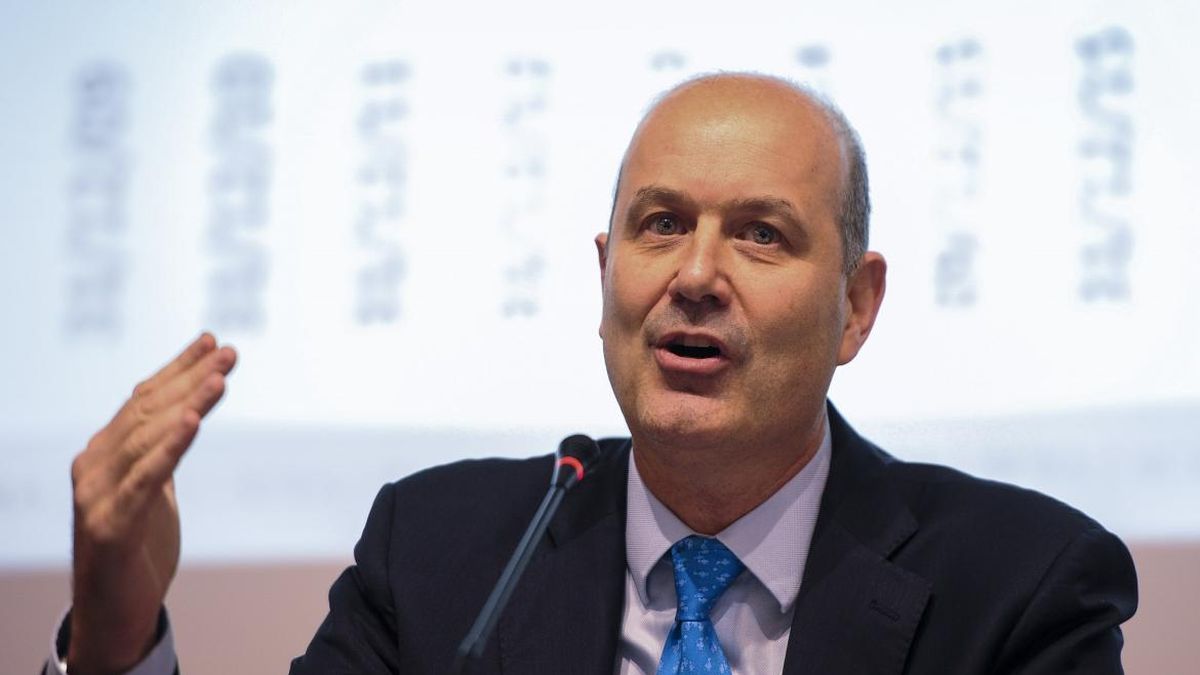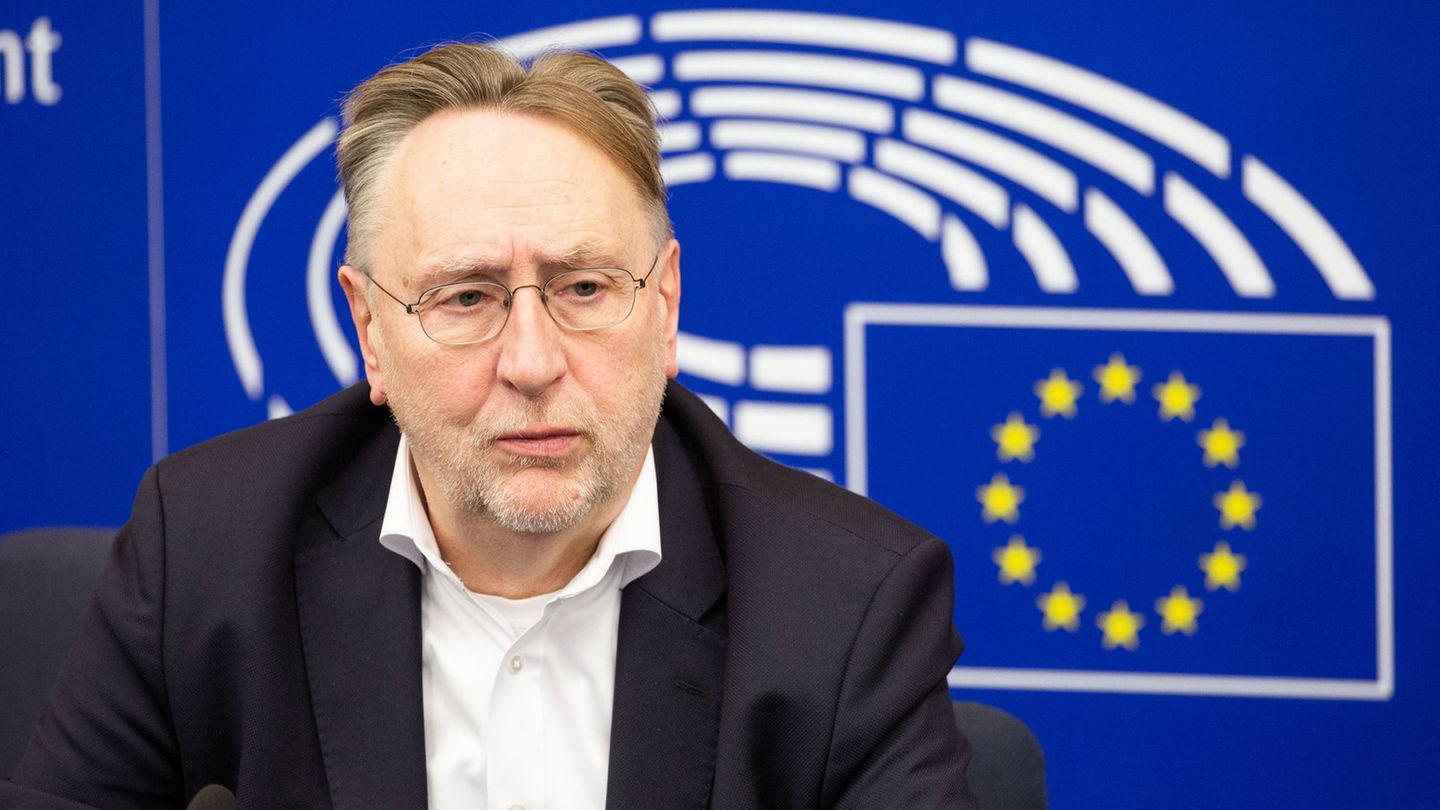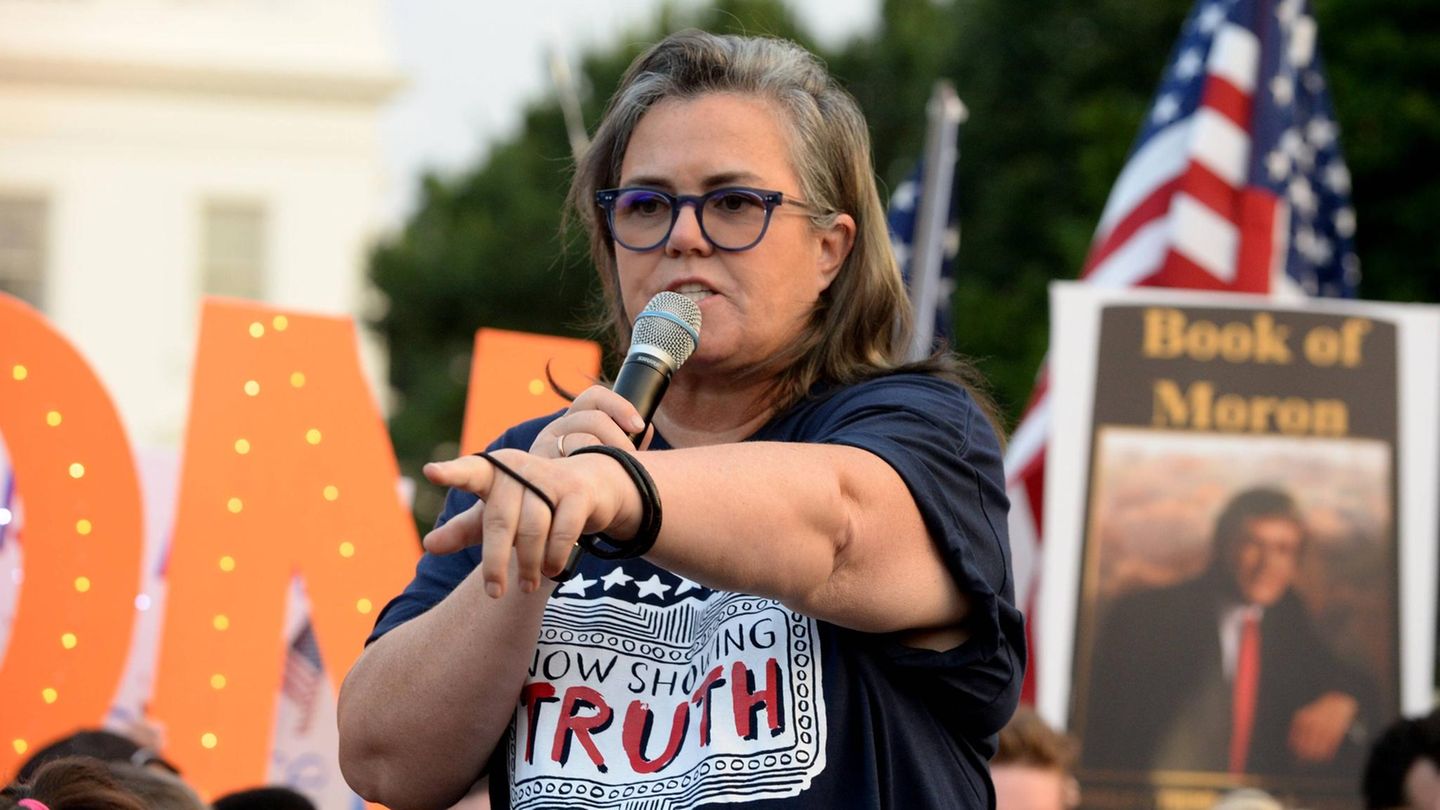rewriting history
In an article published yesterday in the Perfil newspaper entitled “Is it possible to close the crack?”, the former deputy of Together for Change Federico Sturzenegger refers to an event that occurred back in 2015, when former President Mauricio Macri was still had not come to power. The former central banker writes that, on that occasion, he attended a dinner with Roberto Dromi, whom he maintains that he did not know personally, but that he knew that “he had been the legal strategist for the reforms of Menem’s first presidency ”.
He comments in his article that, at that dinner, while Dromi verbally measured the chances of Macri becoming president, right there, with all the diners present, Dromi himself “dispatched with what he considered to be the top ten things that The new administration (macrista) had to do”.
Writes Sturzenegger: “I remember the first item on his list was ‘expropriate C5N’; the second, “intervene Cristina’s hotels”, and so on”. And Sturzenegger continues: “Dromi’s list was not one of tasks to be done, but how to liquefy the resources and power of those who he thought would use them against the future government. At the time I thought that was crazy.”
The chase machine
Sturzenegger writes in his article, making use of old thoughts, valuing those ideas that, it seems, in his opinion, take value again to try to settle the question about the crack. Apart from proposals of an economic nature that could be part of a broader debate, it is remarkable the enormous totalitarian vocation that it displays, word after word, when proposing the desirable Argentina for the coming years, an Argentina without voices that can think different because they “block”.
“Should it be an objective of the new government to close the rift? To tell the truth, it is not clear to me if the crack that is being talked about is with the K, with Peronism, with the unions, with the businessmen or with Grabois. Nor is it possible to close the crack with everyone at the same time. But let’s put these subtleties aside and assume that it refers to some or all of them,” writes the former Cambiemita official, adding: “For some, it is essential to close the crack: to move forward with the reforms, basic consensus is needed and avoid blockades.”
The only truth is the reality
The intervention of the ex-president of the BCRA is notable and cynical. Sturzenegger says nothing of anything relevant: Dromi’s advice was followed to the letter, starting a real hunt with the Indalo Group with one caveat: instead of an expropriation, what the Cambiemos government sought was first the disempowerment of the companies of Grupo Indalo -including C5N-, to later keep it and give it to a friend or acquaintance.
It was, if you think about it, a methodology similar to that used with Oil Combustibles. Through YPF, the former Macrista judicial operator and fugitive Fabián Pepín Rodríguez Simón used the state oil company to keep the assets of Oil Combustibles and later, using the state structure, to do business with friends. If you think about it, “Pepín” was the executor of that decalogue of Dromi evoked by Sturzenegger. For the same reason, Pepín Rodríguez Simón is, today, a fugitive from justice.
But what is surprising about Sturzenegger is his strong forgetfulness, almost intentional forgetfulness.
In an act that could surprise the most perverse and criminal of political referents, the economist takes his heightened cynicism even further when he states in the article: “That is why when I hear that this is going to be resolved by “closing the crack”, I remember that dinner with Dromi. Today, her recipe does not seem so crazy or far-fetched to me. Sometimes I think that it is the only possible path”.
The truth and the attempt to hide it
Although the persecution of Grupo Indalo covered numerous task forces from different departments of the Macrista State, as far as Sturzeneger himself is concerned, and sticking only to the mention he made in his article published in Perfil, perhaps it is worth mentioning some points that he seems -conveniently- to forget:
1-As president of the BCRA, back in 2016, Sturzenegger was part of the maneuver that sought to affect -and did- financially affect the companies of the Indalo Group, in this case, in particular, bankrupt Banco Finansur, whose shareholder controlling party was the same Grupo Indalo. It was Sturzenegger at the head of the BCRA who executed and implemented various decisions that affected the normal functioning of the entity. After the attacks of macrista journalism for Banco Finansur, the erosion of its image and public trust and the strategy of increasing the distrust of the main companies that had accounts and investments in the entity, between 2016 and 2017, the BCRA defined the co-administration, to then promote the intervention of the bank.
In November 2017, it was Sturzenegger who, taking a further step in the persecution of Grupo Indalo, suspended the operations of Banco Finansur “due to non-compliance with the deadlines in the recapitalization plan agreed with the entity.” According to the BCRA, the decision adopted at that time by the entity it led was framed “in the need to defend the rights of its depositors.”
In March 2018, Banco Finansur was intervened by the Central Bank of the Argentine Republic, which began the special liquidation process. Curiously, at the end of March 2018, two weeks after Finansur’s inhibition was lifted to allow another bank to absorb its deposits and employees, the head judge of the National Commercial Court requested the bankruptcy of the entity. According to the publications of that time, this measure “was suggested by the Central Bank” led by Sturzenegger, who had approved a purchase offer from Banco Galicia, after obtaining the agreement of the legal observers of the businessman’s group, and whose shareholders were illegally detained in Ezeiza. It goes without saying that this financial institution was the one used for the employees of Grupo Indalo to collect their salaries.
The attack on C5N
But in his article, Sturzenegger returns to the C5N issue, the supposed idea of expropriation. Should we notify you that in the persecution of the Indalo Group, all attempts were made to destroy the channel? Should we tell him that instead of expropriating it, an attempt was made to seize the company and then hand it over to a group of friendly businessmen or macrista front men? Does Sturzenegger have any idea that Cambiemos did not achieve its goal, not because they have not tried, but because there was a human group convinced of their task, their role, their commitment to the people, their courage in the face of the lowest actions carried out by the state in their set? What responsibility could then lie with the Executive Power, the sectors of the Judicial Power and the complicit silence of the Legislative Power, both government representatives and those who represented the Front for Victory?
Cornering the Indalo Group
A simple enumeration of what were the initial attacks to suffocate C5N during 2016 and 2017 is enough to realize Sturzenegger’s cynicism. In order to achieve the expropriation of C5N, this channel was the only one that was denied the right to exchange advertising guidelines that were available and valid for the rest of the grid. The same with the practically null national advertising schedule that the channel received in that period despite the audience levels that grew substantially. Of course, during this time, the shareholders of the Indalo Group remained illegally detained and to this was added the irregular decisions made by the commercial court that heard the cases.
The dangerous vocation for lying
During these weeks, the voices of those who appeal to our forgetfulness begin to be heard. They present themselves as promoters of new ideas, although they are the same ones who left power in 2019 with a country with high levels of poverty, deindustrialization and indebtedness. The offending thing is that in cases like the one mentioned above, impunity is also appealed to, the risky task of trying to legitimize a criminal action in the effort to achieve the supposed necessary consensus to put aside the “crack”. Isn’t that more dangerous than anything else? What kind of totalitarian, fascist, low-intensity democratic proposal can be camouflaged under the supposed idea of rejecting the crack? What is a group of political leaders capable of to impose their way of thinking over the voices that diverge from them? How do you go about silencing a media group? How do you silence a person who has a different opinion? A past to which we do not want to return.
–
Source: Ambito




